Photographs by Ronnie Farley
No.3 Reading Room & Photo Book Works
469 Main St., Beacon, NY
September 14 – November 9, 2020
Five Generations and Scouts are on view in the storefront windows.
The reading room remains closed until further notice, due to the Covid-19 pandemic.
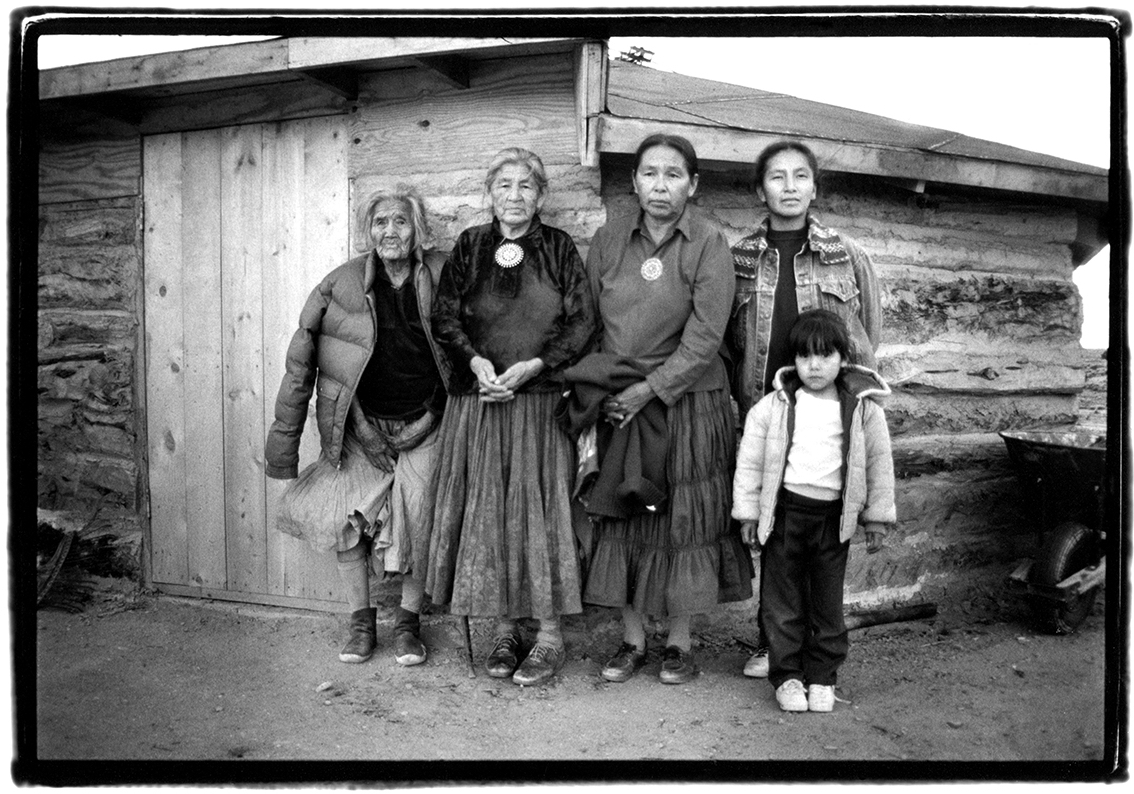
Five generations of the Tso-Wilson family faced with relocation at Big Mountain, on the Navajo Reservation in Arizona, 1986
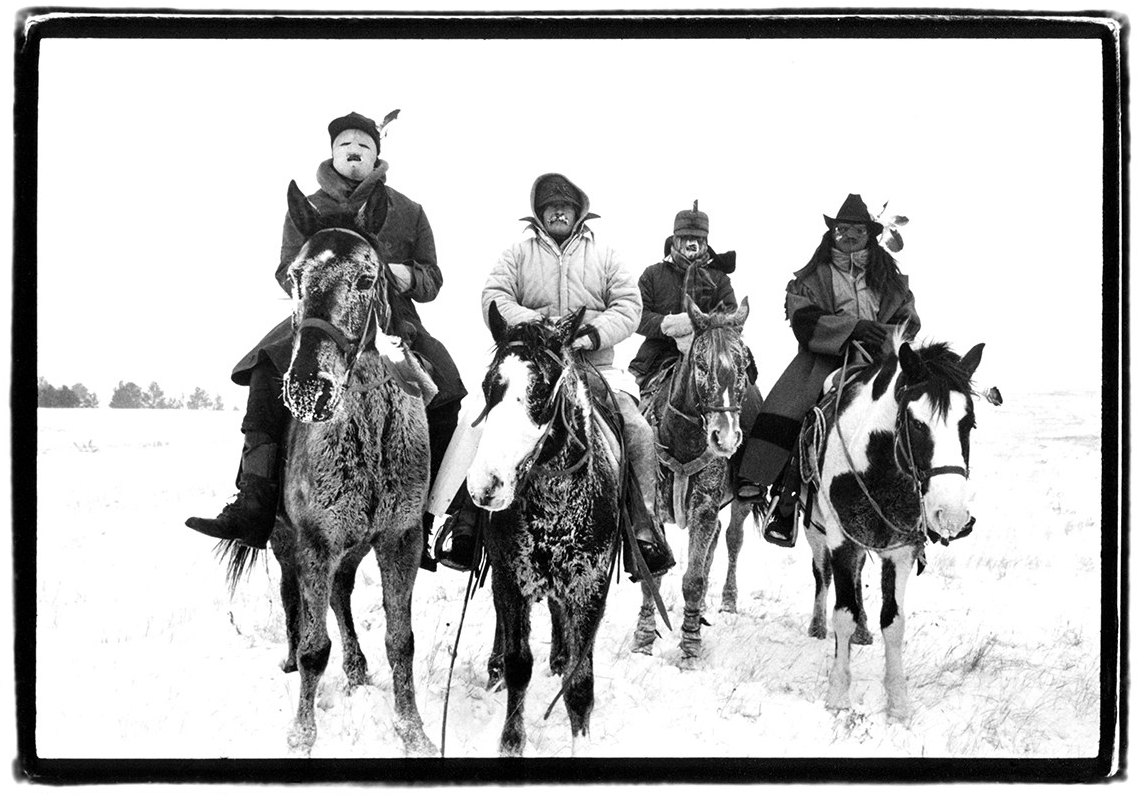
Scouts, Chief Big Foot Memorial Ride, Centennial of the Massacre at Wounded Knee, Pine Ridge, South Dakota, 1990
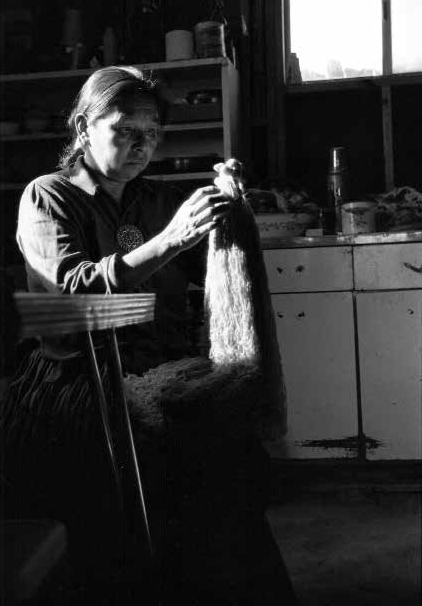
Mae Tso, Diné, cleans wool from her sheep for rug weaving at her home in Big Mountain on the Navajo Reservation in Arizona, 1986
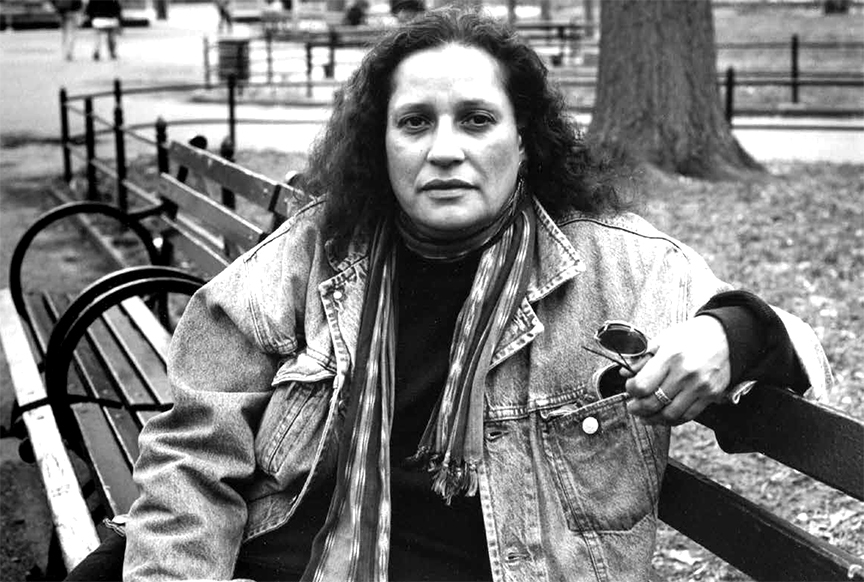
Leota Lone Dog Lakota, Mohawk, Delaware, Washington Square Park, NYC
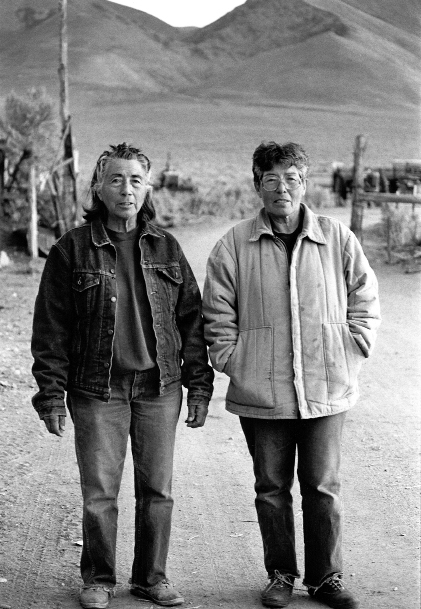
Mary and Carrie Dann, Western Shoshone, Crescent Valley, Nevada, 1992
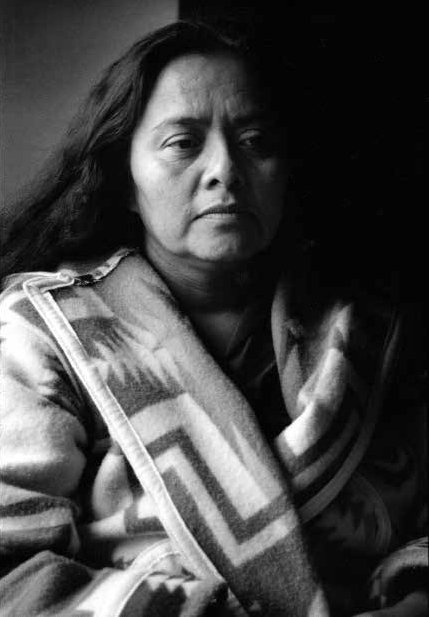
Esther Yazzie before speaking about uranium mining on Navajo lands, at the Indigenous Uranium Conference at the United Nations, 1989
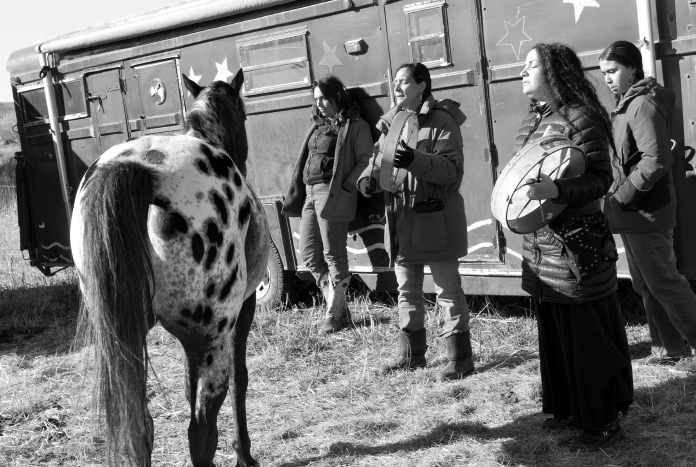
About the Portraits
The portraits on view are selections from Ronnie Farley’s book Women of the Native Struggle, 1993. This body of work began in 1985 through her activism and engagement with the Diné (as the Navajo call themselves) in an area of northern Arizona called Big Mountain, where thousands of Diné were being forced from their lands for a federal national energy policy that had been developed decades before. This land was determined to be a “National Sacrifice Area” by the U.S. Department of Energy in order to extract coal and uranium from the site. Spearheading many of the fights against these policies were women, including those who refused to give up their flocks of sheep to allow for the mining that was slated for their lands. Like the Earth, they would not move.
It was this resistance by the Diné women and many other women from a multitude of tribal communities across the country that moved Farley to make portraits of these leaders. Their devotion and stewardship of the land that permits these nature-based Indigenous peoples to survive became the central focus of this book, which is being updated with two decades of new material for a new edition titled Earth Keepers, for publication in Fall, 2021.
In this time of reckoning with racist injustice, it’s important to put into view the Indigenous women who have struggled against sexist, racist and genocidal policies for centuries. These women are the survivor-daughters of survivor-daughters. They are little-known and set upon with stereotypes, forced assimilation and the destructive pathologies of a people subjected to wars and governmental policies to remove them from their lands, remove them from their culture and remove their identity in order to “save them.” This is the very definition of genocide.
All American immigrants, regardless of national origin, race, or time of arrival, have either participated in, or benefited from the genocide of the original inhabitants of this country. Indigenous peoples who were here many millennia before European contact, who had a multitude of languages, cultures and life ways were overtaken by colonialism, a strictly capitalist enterprise of greed and racist attitudes that justified the exploitation and genocide of Indigenous people and the natural resources they depended upon for their survival. Slavery is often called the “Original Sin” of the United States, but the genocide and forced removal of Native peoples from their lands paved the way.
The current Federal government is still in conflict with many tribes over land and treaties. Many local and state governments still attempt to alter or rescind them. Hundreds of treaties have been broken without proper or sufficient reparations given for what was taken. There is still much work to do to address this horrific chapter in the founding of the United States. There is a need to recognize and rectify the damage done to a multiplicity of people across this nation and this must be a part of the reckoning of these times. To ignore it is to perpetuate it. Native Lives Matter, because the survival of all life hangs on the balance of Native Wisdom and the unbroken connection to the Mother of us all – Earth. –PMR & RF
“E is for Earth, A is for Animals, R is for Respect, T is for Trees, H is for Home—what the Earth is.” –Star Trudell, Cree, age 9
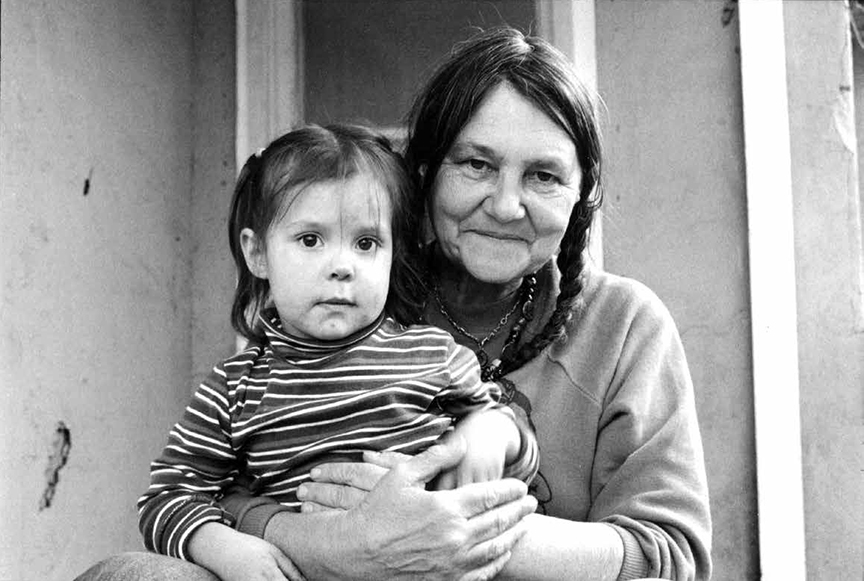
Joanie Dragavon with Star Trudell at the Big Mountain support house in Flagstaff, Arizona 1986
About the Artist
Ronnie Farley is an award-winning fine-art and editorial photographer whose published works include; Women of the Native Struggle: Portraits and Testimony of Native American Women (Crown), Cowgirls: Contemporary Portraits of the American West (Crown/ Thunder’s Mouth Press), Diary of a Pedestrian: A New York Photo Memoir (Third Eye Press), New York Water Towers (KMW studio) and Ghost Plane (Third Eye Press).
Farley’s work has been critically acclaimed by The New York Times, The Washington Post, and The Huffington Post. Her work has been exhibited both nationally and internationally, and is included in the collections of the Museum of the City of New York, The National Museum of the American Indian in New York City, The Rock and Roll Hall of Fame Museum in Cleveland, Ohio, The Nicolaysen Museum in Casper, Wyoming, the National Cowgirl Museum and Hall of Fame in Fort Worth Texas, and the Kultur Bodensee in Salem, Germany. Her images have appeared in Rolling Stone, USA Today, Sierra Magazine, Western Horseman and The Sunday Times of London. In addition to her own photography, Ronnie Farley’s career includes working for the Associated Press in New York City over a span of twenty years as a photographer, a photo librarian, and a national photo editor. Farley lives in Beacon. You can see her work at: www.ronniefarley.com

Beautiful and touching. Hope to see more soon, post Covid. I hope for justice with our current Secretary of the Interior, Rep. Deb Haaland.
LikeLike
Beautiful photos! Leota Lonedog (4th photo down) was my friend at P.S.69 (54th Street, Manhattan) in the late 1950’s. If anyone can put me in touch with her, it would be appreciated.
LikeLike